News 6/23/09
From Evan Steele: “Re: new CCHIT proposal. Finally, people are listening to the voice of the physician. The recognition that the original CCHIT certification may be overkill for many practices, particularly specialists, and unreachable for others is a positive step. Gayle Harrell made some very salient points at the HIT Policy Committee meeting last week. She cautioned against placing such an extensive burden on physicians that they simply do not adopt an EHR at all, warned that the definition of ‘meaningful use’ must be achievable, and reminded the Committee that specialists should not be left out. We know from the comments on blogs like yours that there is a silent majority out there who are starting to speak up.” Evan is referring to the new recent CCHIT announcement that it is considering three certification approaches to replace its current single one. The options would include EHR-C, a rigorous certification for comprehensive EHR systems; EHR-M, a module certification program for e-rx, PHR, and other technologies; and, a simplified, low-cost option for providers who self-develop or assemble EHRs from non-certified sources.
Beth Israel Deaconess Medical Center embarks on an “open notes” project that will permit patients to read the charts of about 100 doctors. The $1.5 million project aims to understand if having patient notes available online proves to be more useful than objectionable to those patients. I’d definitely read my notes online, though I’d mostly be looking for any suggestions the doctor thought I was fat/stupid/unattractive, etc. Or, perhaps paranoid.
Practice management consultants recommend that physician offices accept credit cards, despite their 3-5% transaction fees. More practices are refusing to accept them, but consultants say they’re worth it compared to the expense and hassles of issuing paper statements and collecting bounced checks.
CMS announces that additional physicians may qualify for 2007 PQRI bonuses, following an investigation of the feedback reports and incentive payments. CMS identified some technical issues that could be corrected. Revised reports will be available to eligible physicians by the fall.
Three Cleveland community health centers are preparing for EMR in advance of pending stimulus funds. The three clinics will receive a combined $2.7 million for EMR and other capital projects. One clinic has already selected NextGen; the other two have narrowed their choices to NextGen and EpicCare.
According to this RWJF study, personal health records provide clinicians and patients insights into daily life that aren’t available solely through clinical encounters.
RelayHealth announces a strategic partnership with Lighthouse1 to help providers automate payments for patients with healthcare spending accounts and consumer driven healthcare plans. RelayHealth will integrate its EasyCDH solution with Lighthouse1’s OnDemand platform to create the SAS OneCard solution.
CMS names NextGen a qualified PQRI patient registry for 2009, meaning their solution will help eligible physicians submit data based on PQRI quality measures direct to CMS.
Louisiana passes a bill that will set aside $5 million to provide EMR loans to providers (or more accurately, to give the state access to stimulus money).
Document imaging vendor Scantronix and eClinicalWorks sign a partnership deal. Meanwhile, ECW founder and CEO Girish Kumar Navani takes home an E&Y Entrepreneur of the Year Award in New England’s healthcare technology category.
Here is a shocker: patients are at a greater risk of obesity when there are more fast-food restaurants than grocery stores close by. I am thankful that this study is courtesy of the Canadians because I would have been miffed to see my tax dollars spent confirming something so intuitive.
The AMA provides a great list of the the most common and avoidable mistakes for physicians buying an EMR. The single biggest error: doctors not listening to other doctors and learning from their mistakes. Some of the best tips include taking a site visit, checking with practices other than the references provided by the vendor, and allowing for plenty of training.
MGMA reports that the starting salaries for physicians in many specialties are on the rise. Neurologists saw the biggest gain, from $200,000 to $230,000 a year, which is a 15% jump. Neurosurgeons earned the highest salary at $605,000 while pediatricians earned the lowest at $132,500.
Dr. Jay Parkinson is busy developing Facebook-style software for his start-up company Hello Health, a national franchise of clinics he is building that allows patients to e-mail, text, or video chat with doctors over a secure website. His Hello Health website debuts this summer. Mr. H interviewed Dr. Parkinson in 2007, back while he was still practicing and making house calls. Meanwhile, the company’s three-doctor demonstration clinic has treated 700 patients in the last year and 400 have become regular patients. Member patients pay $35 a month, which covers simple e-mail questions, and $100-$200 per office visit (and patients file their own insurance). Time will tell whether or not the model is financially sustainable and if it will attract enough patients and doctors.




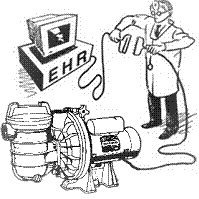

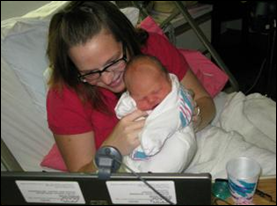
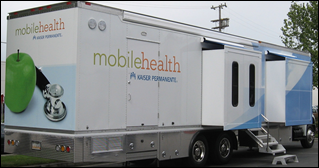

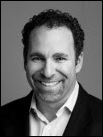
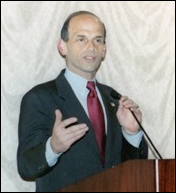
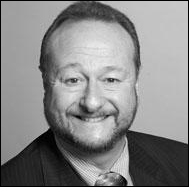
The article about Pediatric Associates in CA has a nugget with a potentially outsized impact: the implication that VFC vaccines…